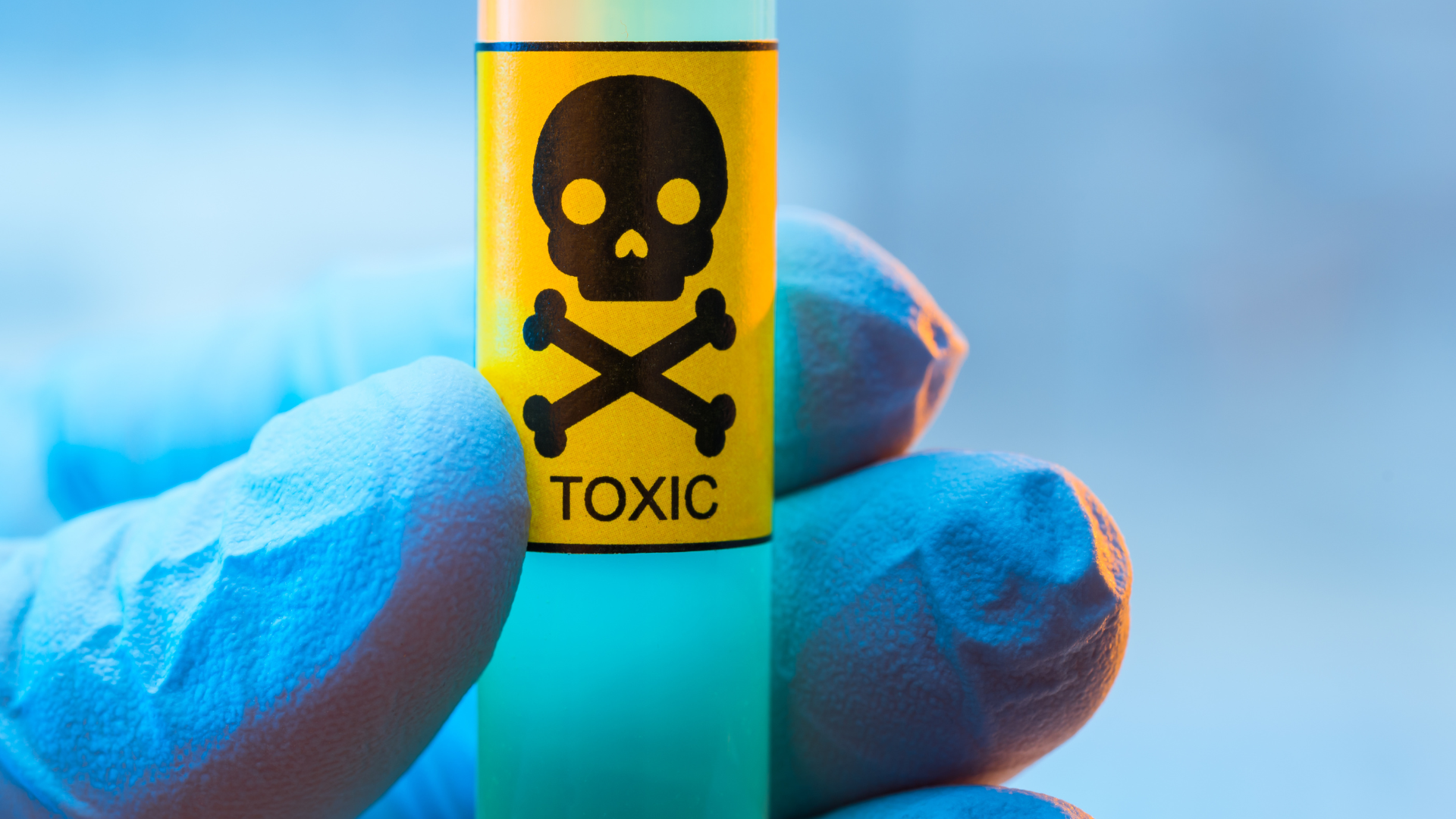Can You Get Lead Poisoning from Touching Lead?
by Irwin's Marketing Team, on Nov 12, 2025 2:17:27 PM
Lead exposure is still a major concern in industrial environments, construction, demolition, mining, and manufacturing. Although many people believe lead poisoning only happens through fumes or dust, a common question remains. Can touching lead with your bare hands cause lead poisoning?
The short answer is yes, you can absorb lead through your skin in certain conditions. However, most cases of lead poisoning still occur through ingestion and inhalation. Understanding how lead exposure really works can help workers, supervisors, and employers reduce risk and maintain a safer jobsite.
This updated guide explains what happens when you touch lead, how skin absorption works, and what steps to take to protect yourself and your crew.
Understanding How Lead Poisoning Occurs
Lead enters the body in three primary ways.
• Inhalation of lead dust and fumes
• Ingestion from contaminated hands, surfaces, tools, clothing, or food
• Dermal absorption through the skin in specific situations
Touching solid metallic lead does not usually cause immediate poisoning. The greater risk comes from lead particles on surfaces, tools, and materials that transfer to the hands, then enter the mouth, water bottle, food, cigarettes, or mucous membranes. Even trace amounts can accumulate over time.
Recent studies also show that certain forms of lead compounds can cross the skin barrier. Oil soluble compounds, lead dust mixed with sweat, and fine particulate lead create a higher dermal risk than solid metal alone.
Workers often absorb more lead than they notice. Most lead exposure happens without symptoms until blood levels rise significantly.
Can You Absorb Lead Through Your Skin?
Yes, but not all forms of lead behave the same way.
Solid metallic lead is less likely to penetrate the skin. Lead compounds, lead oxides, lead dust, and lead mixed with oils, grease, or sweat can enter the body more easily. Small cuts, abrasions, cracks in the skin, and broken cuticles increase absorption.
Key factors that increase dermal lead exposure include:
• Working with lead based paints, coatings, or residues
• Handling lead contaminated equipment or scrap
• Touching surfaces covered with lead dust
• Sweaty or wet skin
• Lack of gloves and hand protection
• Improper hygiene before eating, drinking, or smoking
• Repeated exposure over weeks or months
Even if absorption through the skin is low, contaminated hands are responsible for a large amount of accidental ingestion.
The Real Risk: Hand to Mouth Transfer
Most occupational lead poisoning cases involve indirect exposure.
Workers wash their hands quickly or not at all. They handle food packaging, open a snack, take a drink, wipe their face, or smoke. Lead dust is invisible, so even tiny amounts transfer easily.
Hand to mouth transfer happens when the worker:
• Eats without washing properly
• Touches lips, nose, or face
• Drinks from an unprotected bottle
• Removes a respirator incorrectly
• Handles cigarettes or vape devices
• Leaves work clothing in the car or home
This is why workplaces with any type of lead hazard must follow strict hygiene, storage, and cleaning procedures.
Who Faces the Highest Risk from Touching Lead?
Lead exposure affects nearly every industrial sector, but some environments are higher risk.
• Mining sites and smelters
• Demolition and renovation projects
• Industrial painting and sandblasting
• Battery manufacturing and recycling
• Metal fabrication and welding
• Shooting ranges and ballistic facilities
• Construction sites with historic materials
• Plumbing and pipe replacement
Workers who perform grinding, sanding, cutting, or abrasive blasting around lead containing materials have the highest exposure potential.
Supervisors and safety managers should ensure controls are in place to protect both workers and the surrounding environment.
Best Practices to Prevent Lead Exposure
Reducing lead exposure requires a combination of PPE, hygiene, and safe work procedures. These practices are essential on any site where lead is present.
• Wear gloves appropriate for lead handling
• Wash hands with cold water and lead removing soap
• Avoid eating, drinking, or smoking in contaminated areas
• Keep water bottles and lunch containers in a clean storage zone
• Use disposable wipes before leaving the work area
• Use approved respirators when exposure limits may be exceeded
• Keep work surfaces clean with lead approved cleaning products
• Avoid dry sweeping and use HEPA equipped vacuums
• Change clothing before leaving the site if required by regulations
Testing blood lead levels regularly is also recommended when exposure is ongoing or when symptoms appear.
Early Symptoms of Lead Exposure
Lead poisoning often develops slowly. Early symptoms are easy to ignore or misinterpret.
• Fatigue
• Irritability
• Headaches
• Stomach discomfort
• Joint or muscle pain
• Difficulty concentrating
• Metallic taste in the mouth
Severe or long term exposure can cause neurological, kidney, and cardiovascular effects. Children in the home of an exposed worker are at significant risk if contaminated clothing or objects are brought inside.
When to Get a Lead Exposure Assessment
If your facility handles materials that contain lead or operates processes that create lead dust, you may require an industrial hygiene assessment. This includes surface sampling, personal air monitoring, and exposure control plans.
An assessment is recommended when:
• Workers show symptoms
• Lead work is being introduced
• Work processes have changed
• New equipment creates dust or fumes
• Your site has never been evaluated
• Regulatory compliance is required
A professional assessment helps identify exposure points, improve controls, and bring operations in line with safety standards.
.png?width=162&height=64&name=IRWINS%20website%20logo%20(1).png)
